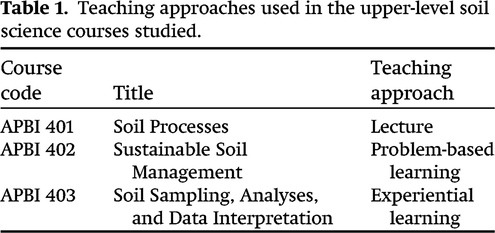

- Jupyterlab tab completion not working install#
- Jupyterlab tab completion not working full#
- Jupyterlab tab completion not working code#
- Jupyterlab tab completion not working mac#
The cells also include rich output such as Tab-completion.
Jupyterlab tab completion not working code#
This functionality allows running code interactively in a kernel.
Jupyterlab tab completion not working full#
One of the main capabilities of JupyterLab is that it offers full support to work with Jupyter Notebooks (. JupyterLab includes a highly configurable text editor that includes syntax highlighting and automatic indentation, compatible with several programming languages. The File tab includes several options to create, save and export files depending on their nature.

The new files main include Jupyter Notebooks, consoles, terminals, diagrams, Latex files, etc. These will depend on the number of available kernels installed in our system as well as other extensions that we have incorporated to JupyterLab. If we click on the + icon in the tab menu we will open a new Launcher tab in the main work area where we can select the type of file we want to create. In this area, documents (notebooks, images, consoles, datasets) are organized in panels or tabs that can be subdivided or resized to ease the workflow. Moreover, the panel can be expanded with optional extensions. Left SidebarĬontains several tabs that allow file browsing, check the running kernels, show the command palette and verify the open tabs. The default ones are: File, Edit, View, Kernel, Tabs, Settings and Help. Includes top-level menus with several options available in JupyterLab. The main interface includes a main work area, which contains tabs of notebooks, consoles and activities, a left sidebar and a menu bar. Then JupyterLab will open in your default internet browser (Chrome, Safari, Firefox, etc.) The interface
Jupyterlab tab completion not working mac#
Once installed, JupyterLab can be started by simply typing this in the Windows or Mac console: jupyter lab Other relevant kernels can be installed by following these links: The default Anaconda Distribution already includes the IPython kernel to work with Python. Installing KernelsĪs indicated, it is possible to work with several programing languages ( kernels) in JupyterLab. JupyterLab is also included as a default module in the standard Anaconda Distribution.
Jupyterlab tab completion not working install#
There are several options to install JupyterLab, some of these are: In the following, most of the images and outputs displayed in the post have been obtained from the demo notebooks available here (JupyterLab official documentation).



 0 kommentar(er)
0 kommentar(er)
